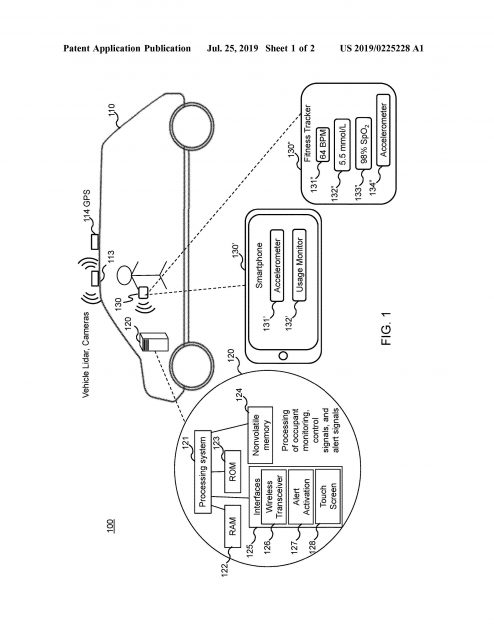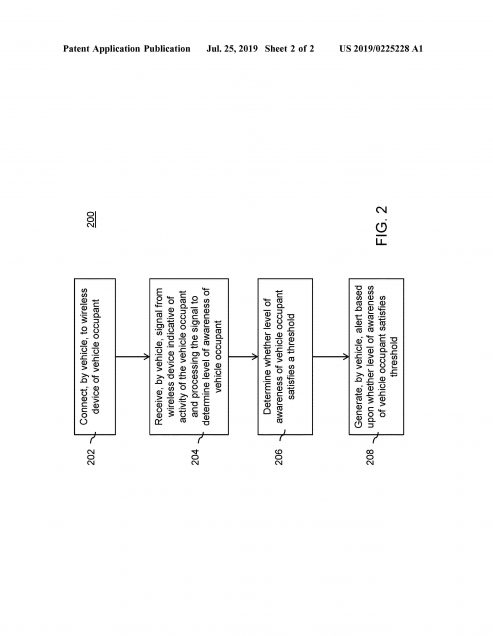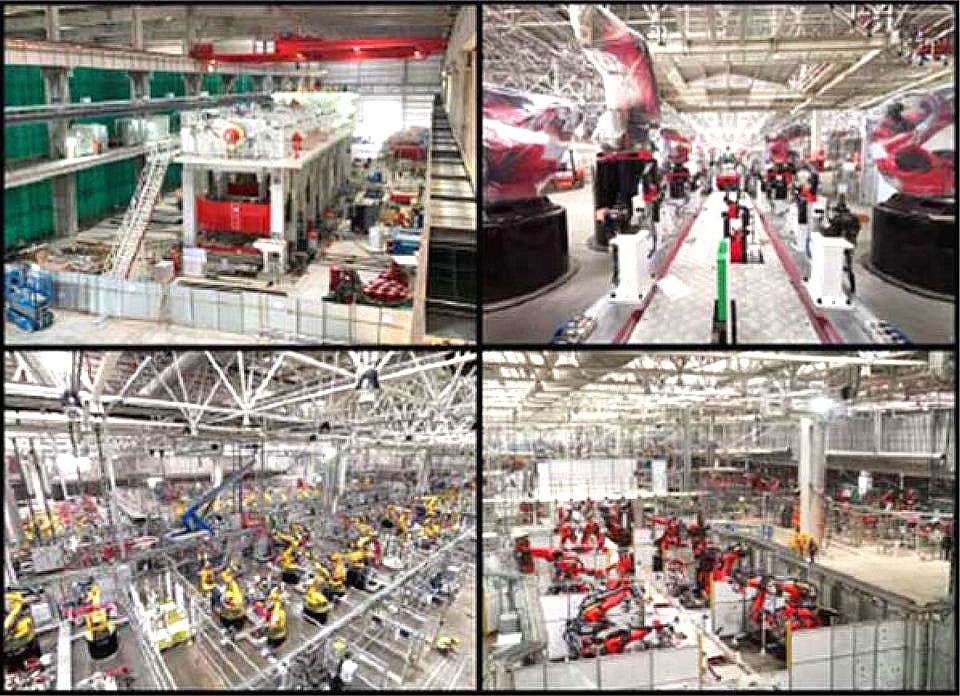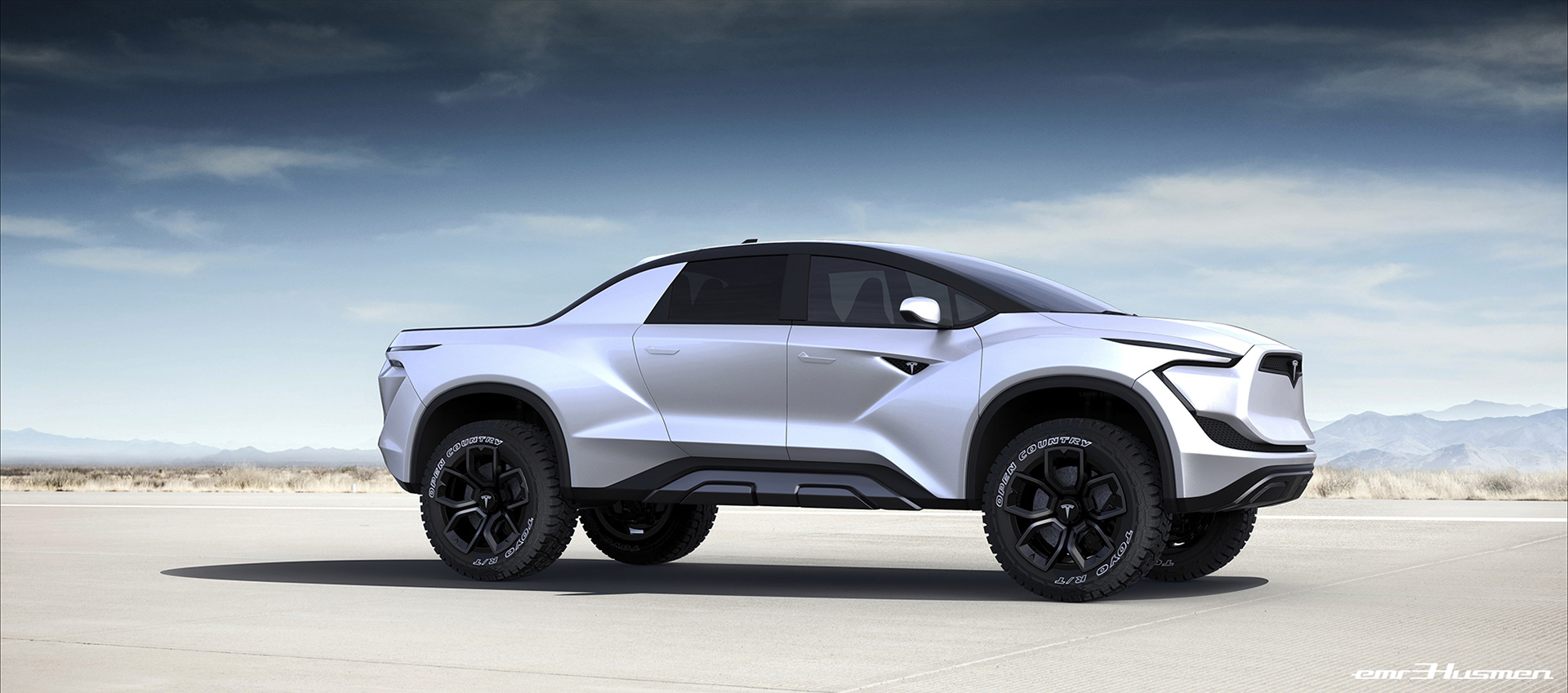SpaceX CEO Elon Musk has posted a unique, uninterrupted view of Falcon 9’s latest landing, completed by booster B1056 on July 25th after successfully launching Cargo Dragon on its 18th mission (CRS-18) to the International Space Station (ISS).
Combining four separate views, the video also happens to feature an extremely rare instance of audio clearly recorded from a microphone on Falcon 9 itself, capturing the roar and violence of engine ignition and putting sound to the booster’s hypersonic dive through Earth’s thickening atmosphere.
The synchronized videos begin somewhere in the middle of booster B1056’s atmospheric reentry, smashing head-on through the rapidly thickening air thanks to its nearly perpendicular orientation relative to the ground. During return-to-launch-site (RTLS) recoveries, Falcon 9 and Heavy boosters essentially launch themselves even higher above the point at which they separate from the rest of the rocket. This maneuver typically leads to an apogee 150+ km (100+ mi) above the Earth’s surface, at which point the booster effectively begins a free-fall all the way back to the landing zone.
The video more or less starts at the point that the heating caused by reentry becomes a concern for the booster’s health, signified by the immediate start of a three-engine reentry burn. With said burn, SpaceX quite literally uses the exhaust plume produced as a sort of brake or shield, protecting Falcon 9’s first stage from the worst of the leading-edge heating that would otherwise risk damage to its octaweb and Merlin engines.
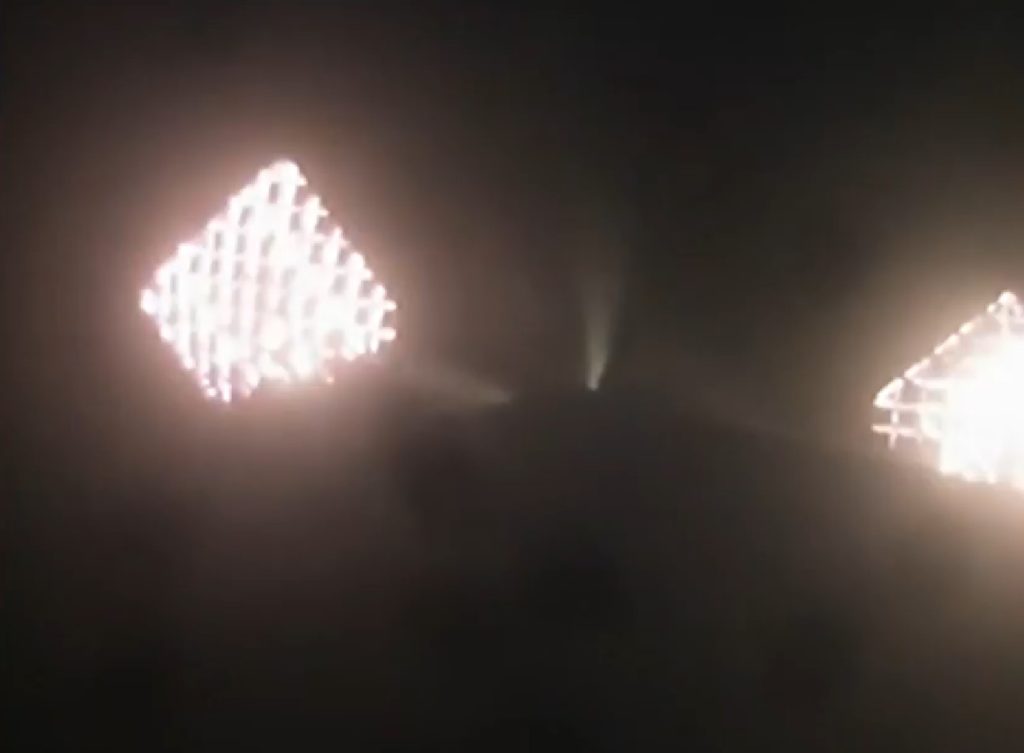
Most recently, the potential issues that heating can cause were exemplified by Falcon Heavy center core B1057’s failed June 2019 landing attempt, likely caused by damage suffered by the Merlin 1D landing engine during SpaceX’s fastest booster reentry ever.
Falcon 9 B1056 thankfully suffered no such issues on its much lower-energy reentry and landing at LZ-1. The booster has now completed its second launch and landing a little over 80 days after its flight debut and is already being ‘broken over’ (a term used by SpaceX to describe the process of preparing a recovered booster for horizontal transport) at the Landing Zone, the first step – after landing, of course – towards reuse.
Thanks to that successful second launch and landing, itself a milestone for NASA’s acceptance of Falcon 9 Block 5 reusability, B1056 now has a strong shot at becoming the first Falcon 9 booster to launch three NASA missions. Pending a good post-launch inspection and NASA’s go-ahead, B1056’s next flight will likely be a third Cargo Dragon launch (CRS-19) set to occur no earlier than December 2019, hopefully giving SpaceX plenty of time to soothe any NASA concerns heading into the space agency’s first attempted launch on a twice-flown booster.
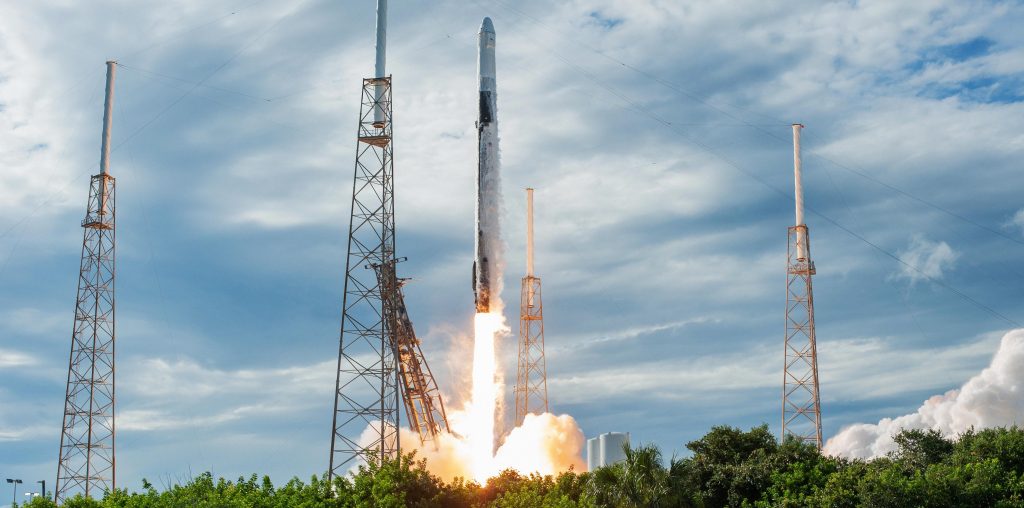
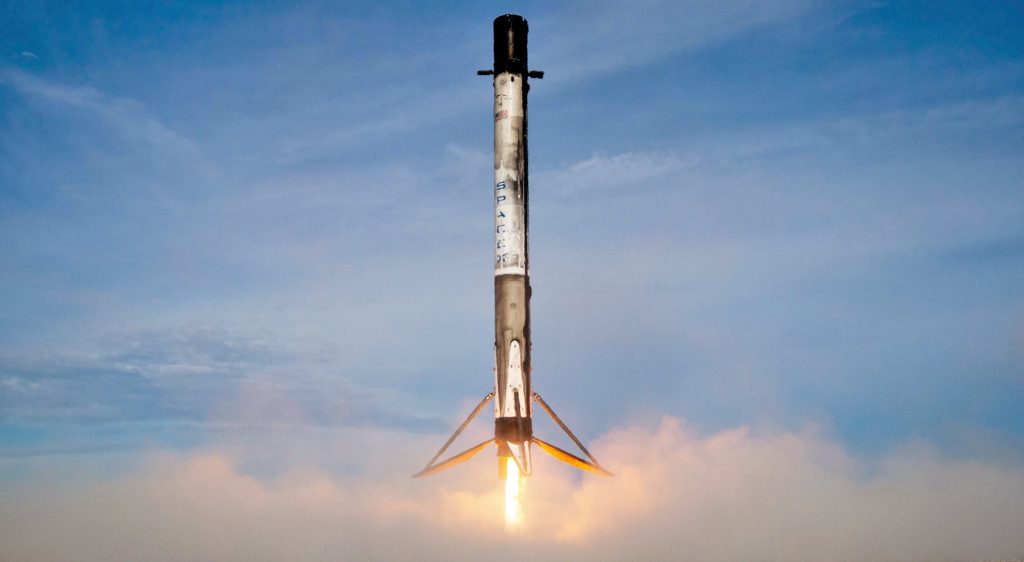
Check out Teslarati’s newsletters for prompt updates, on-the-ground perspectives, and unique glimpses of SpaceX’s rocket launch and recovery processes.

<!–
–>
var disqus_shortname = «teslarati»;
var disqus_title = «SpaceX CEO Elon Musk posts uncut Falcon 9 landing video: reentry burn to touchdown»;
var disqus_url = «https://www.teslarati.com/spacex-elon-musk-posts-uncut-falcon-9-landing-video/»;
var disqus_identifier = «teslarati-110369»;

